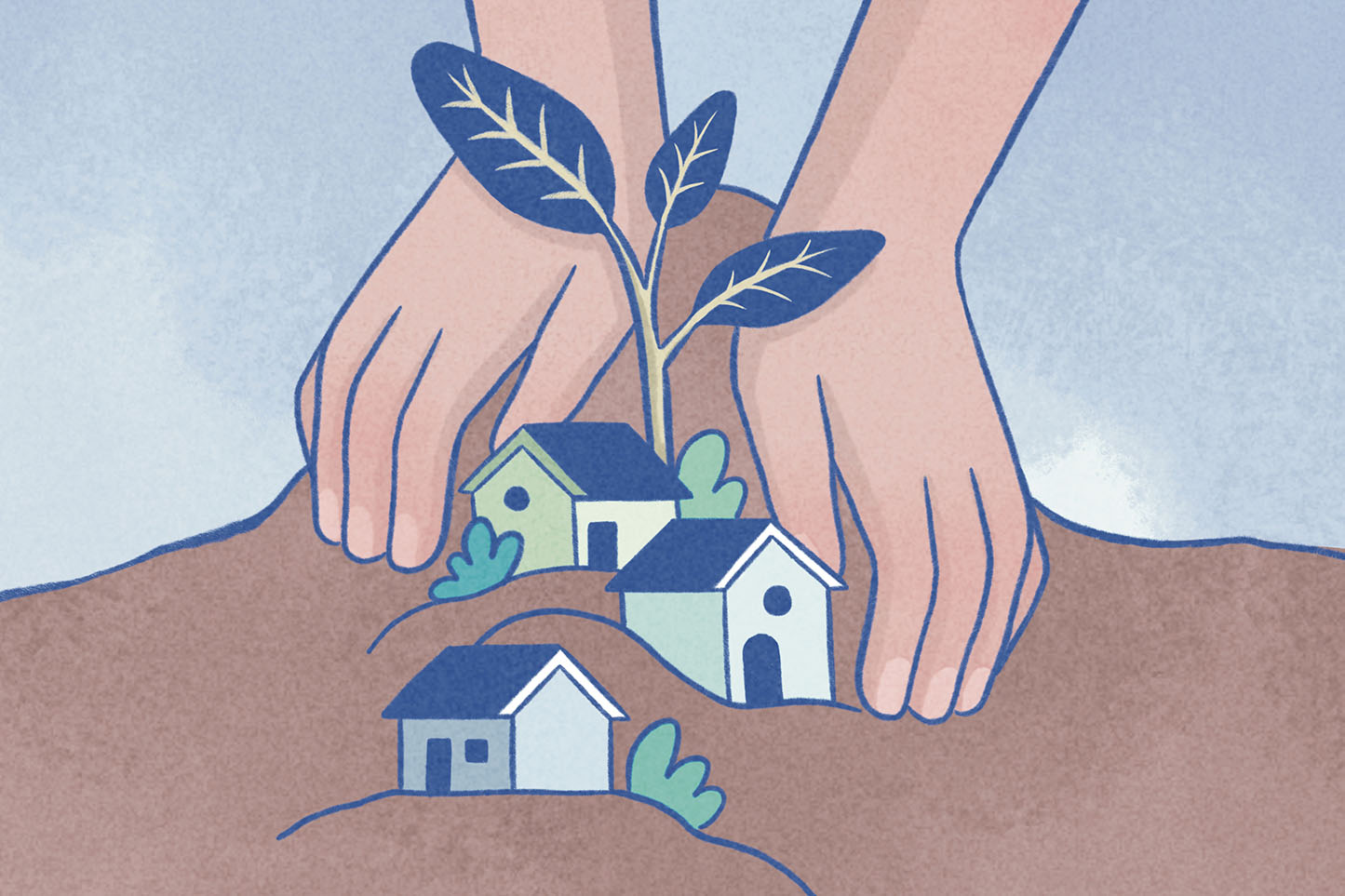
Alumni profile
Atenean doctors in the trenches
One was assigned to a fourth-class municipality in Surigao del Sur, the only Doctor to the Barrio (DTTB) appointed to the town and the entire province. A second took over the assignment at the height of the COVID-19 pandemic. And a third serves as a community doctor to the Dumagat-Remontados tribe living in Calawis, Antipolo.
Meet Christelle Mae A Cuevas (BS Health Sciences 2012, MD-MBA 2018). Alberto E Antonio Jr (HS 2010, BS Health Sciences 2014, MD-MBA 2020) and Alberto Teodoro S Malvar (GS 2002, HS 2206, BS Health Sciences 2010, MD-MBA 2015). The three young doctors chose to live their Ignatian values, serving the last, least, and the lost.
Here are their stories.
Christelle Mae ‘Tetel’ A Cuevas
Tetel quickly notes that she comes from a family of non-medical health professionals. Her parents were not doctors, and except for some family members who were physicians living overseas, she had limited exposure to medicine. But Tetel grew up with a passion for reading and science, which her parents nurtured.
"I was blessed to have supportive parents, providing opportunities for my development that allowed me to naturally choose the path to becoming a doctor," she shares.
After graduating from Ateneo de Manila with a BS Health Sciences degree, Tetel took a gap year to "see what was out there." The young graduate, however, spent the year working in a government agency.
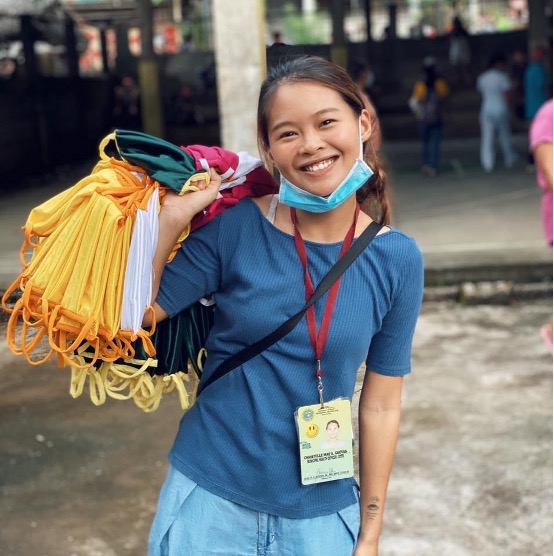
"This was in 2012, when Kalusugang Pangkalahatan (Universal Healthcare), Sin tax, and other changes were in the spotlight. My work [in the agency] allowed me to learn about the Philippine healthcare system and travel around the country to see the state of our local health system. That was when my interest in public and community health started. Having a better grasp of the work needed, I realized I needed different skills outside of what was normally offered. And the Ateneo School of Medicine and Public Health's (ASMPH) dual degree program, rooted in Ateneo's values, which I experienced firsthand in college, was the best fit for the kind of doctor I wanted to be. The Ignatian values of magis and cura personalis truly resonated with me."
Joining DTTB was intentional, Tetel shares.
Advocate for change
A program created by the Department of Health in 1993, DTTB aims to address the shortage of medical doctors in the country's geographically isolated and disadvantaged areas by deploying doctors to serve for at least two years.
"While I enjoyed my work in the government, every time I talked to someone working on the frontlines, I kept hearing the same thing: how challenging it was to implement policies on the ground. So I joined the DTTB program because I wanted to learn why. Changes were slow coming from the top-down, and problems in health systems affected people's lives and well-being. I wanted to advocate for change from the frontlines and the peripheries."
Tetel was assigned to Lanuza, a 4th-class municipality in Surigao del Sur. As Tetel notes, "It was a small and quiet coastal town that was known by surfers. The town had 13 barangays, a population of 14000, and one small rural health center."
To say Tetel had jitters is an understatement.
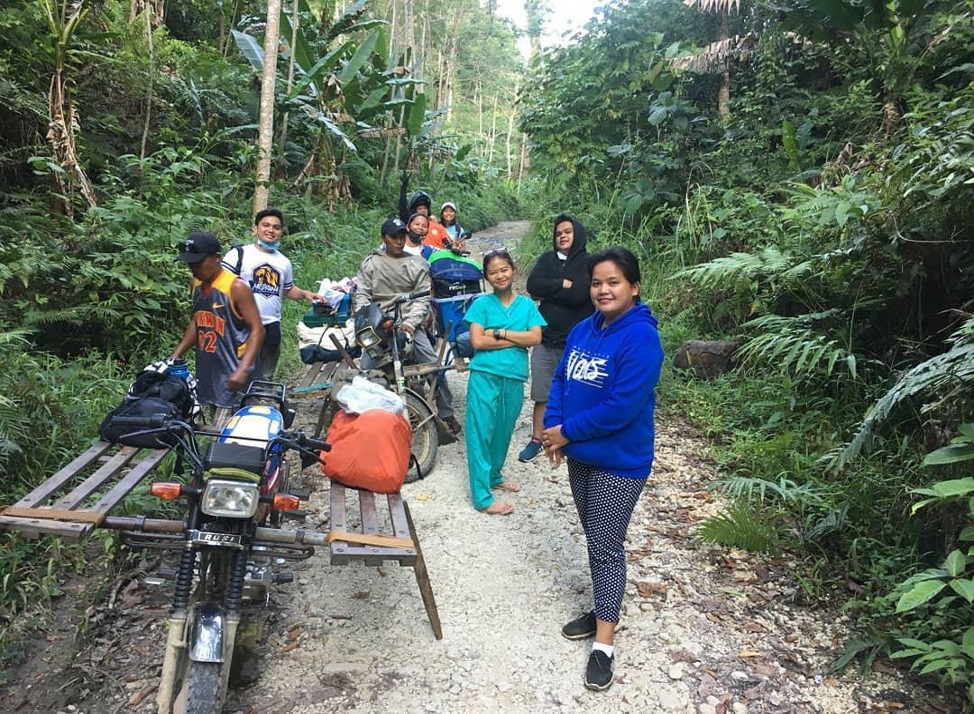
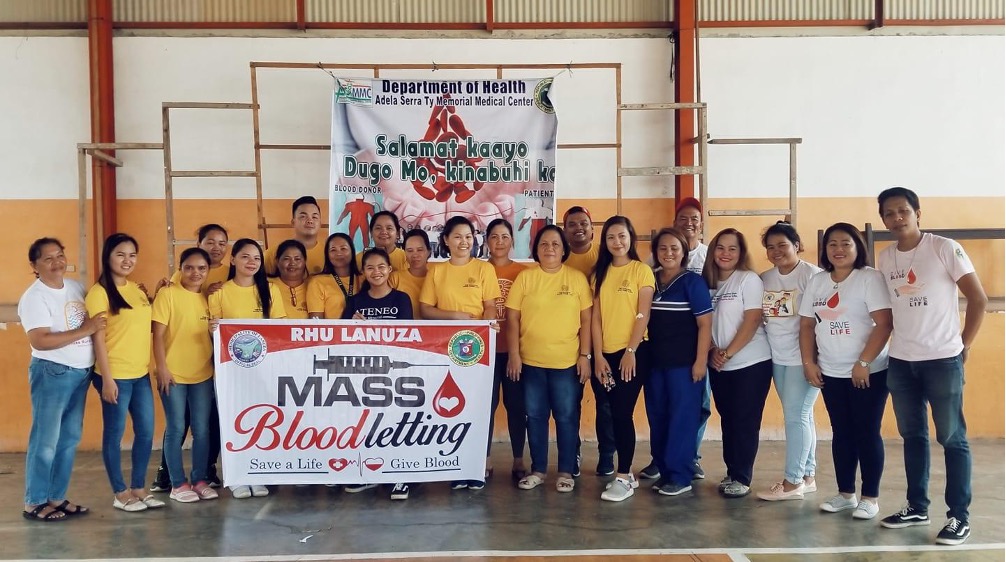
"I was the first DTTB assigned there and the only DTTB to the province. I didn't have anyone to talk to, and the language was difficult to understand. I think the town also didn't know what to expect having a new doctor from Manila. There was a moment when I wondered if I was in over my head, that it was larger than what I imagined," the young doctor recalls.
Whatever she was going through, the community had it worse: there were no pharmacies or hospitals in the town; some of the largest communities lived in the mountains, and armed conflict existed.
But Tetel shouldered on and made strides to help the community as much as possible.
Lanuza's palangga
"A big part of my work was supporting and improving the system. I needed buy-in from the community. People needed to understand the work of the health office beyond its health service delivery—the overall development and well-being of the community. These included laying the groundwork through advocacy, system and program interventions, and lobbying with politicians. So many things needed work, and figuring out how to prioritize was also a challenge," she says.
Tetel was in her second year of DTTB assignment when COVID-19 struck. By then, she was no longer a stranger to the community but a palangga, a beloved daughter. And Lanuza's palangga is proud of how her adopted community rose to the challenges.
"Lanuza was the last municipality to have a local transition of the virus. My proudest moment was seeing the community come together before COVID-19 blew up. Public school teachers went house-to-house to explain the disease. Students helped sew reusable masks so we could provide for every family. The local government provided support packages for those directly affected by the lockdown. Barangays set up isolation units. The church allowed us to convert their seminary house into the municipal isolation unit. Farmers repurposed their nipa distillery to produce sanitizers and local alcohol."
"I thought it was truly an example of a whole-of-government, whole-of-society response, and I was inspired by everyone's efforts and willingness to help," she says.
Woman for others
Since completing her DTTB assignment, Tetel has returned to Manila, joining the Dr Rosita G Leong (RGL) Primary Health Care Hub. Under the guidance of ASMPH, the RGL Hub hopes to broaden efforts in educating Filipinos about primary healthcare through empowering primary healthcare providers, allied medical professionals, and other stakeholders.
"The RGL Hub is a new project launched by Ateneo in line with its strategic thrust to support universal healthcare and well-being in the Philippines. I know that many amazing people are working on the frontlines at the peripheries of our health system. And they were some of the most inspiring people I've ever met, and I know how much help they need on the ground. I'd like to find ways to spotlight their efforts and direct resources toward supporting them. So many exciting things are happening at the national and central government levels regarding health reform, but top-down interventions won't be enough. I'd like to see us support those on the ground now because perhaps the best way to transform our health system is to meet in the middle," Tetel says.
She adds, "Being a woman for others is something I aspire to hold as a theme for my life and decisions. Since returning to Manila, I've been using it as the criterion for my projects. I truly want my life's work to be helpful on a macro or micro level. My training in Ateneo also emphasized systems-based thinking in health, which I try to incorporate into my approach to anything."
Alberto ‘Albert’ E Antonio Jr
Parents are the ultimate role models; Albert is a testament to this. Growing up, Albert saw his parents' drive to help others. Their generosity inspired him to choose Kythe Ateneo as his student organization in college. Kythe Ateneo is a student organization dedicated to uplifting the lives of pediatric cancer patients through hospital volunteerism. In college, Albert engaged in Kythe's play therapy with pediatric patients, eventually motivating Albert to pursue a medical career. And to help him fulfill this dream, his only choice was ASMPH.
"ASMPH has always been my dream medical school. I preferred it because the school focused on public health, offered a joint degree of Doctor of Medicine and Master in Business Administration, and performed well in Physician Licensure Examinations. But what made ASMPH non-negotiable to me was its Jesuit formation, which I've grown to love since high school. ASMPH inculcated cura personalis into its curriculum, a value I've come to appreciate and practice as a DTTB," Albert says.
An eye-opening experience
Buoyed by the spirit of volunteerism, Albert picked up his bags after college graduation and joined Jesuit Volunteers Philippines (JVP). He was assigned to Eastern Samar as a community organizer after Typhoon Yolanda wreaked havoc on the province.
During his time at JVP, Albert saw the challenges of public health in the country, especially in rural areas.
"In one of the trips to the far-flung barangays, I saw the state of public health in the provinces, especially those in the geographically isolated and disadvantaged areas. It was then that I decided to become a community doctor. I was becoming more passionate about public health, primary health care, and community medicine," he says.
Albert took over Tetel's assignment as a DTTB to Lanuza.
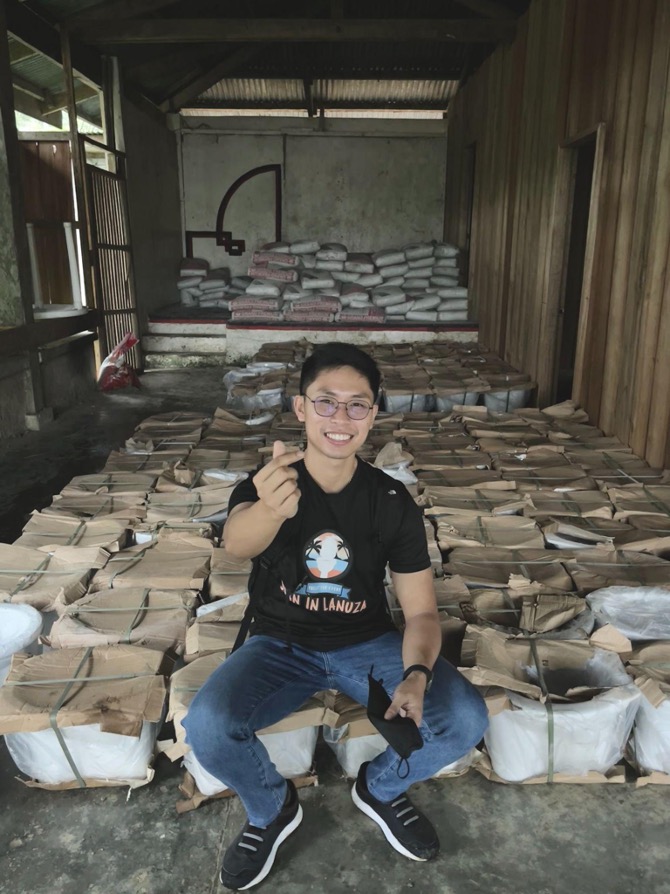
Like Tetel, the newly minted doctor was overwhelmed.
"It was a pretty big responsibility and I was afraid. COVID-19 cases were spiking up. COVID-19 vaccination roll-out depended on me. I had just started my clinical practice and had no one to mentor or guide me," he says. "Suddenly, I was responsible for all health workers and programs in my area. I felt alone, in an uncertain place, with people I did not know. I was longing for my family and friends. The fear made me second-guess myself many times: Why am I doing this? What is all this for? Is it worth the sacrifice?"
Albert was in Lanuza at the height of the Delta variant surge, and he admitted feeling desolate: "People were severe COVID-19 were piling up, but we barely had enough hospitals and health workers. People were dying left and right, and I didn't know what else I could do. Every day, I woke up anxious, wondering if people had died while I slept. It was a nightmare and went on like this for months."
His COVID experience is an eye-opener to the challenges in the public health system in the country.
"In retrospect, this COVID-19 surge exposed the ills of the current health care system: how fragmented health care is, how overworked, underpaid, and underappreciated health workers are, and most depressingly, how inaccessible health is to the poor. These problems were reflected in my municipality, and it seems these will remain so for decades unless key health reforms are done," he says.
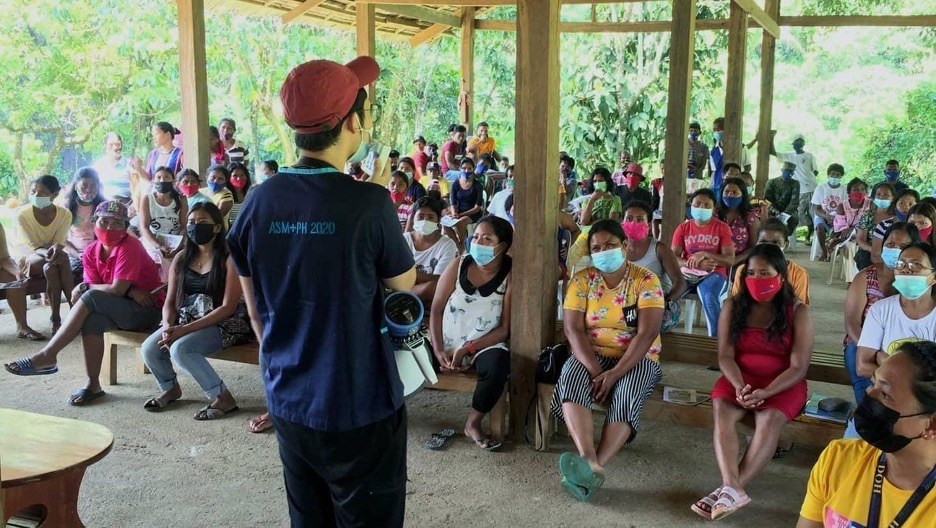
But everything was not hopeless. Albert is proud to share how the community rallied around to beat a disease that WHO deemed the second leading cause of death in children under five years old: diarrhea.
"I remember having many patients with diarrhea, with many requiring admissions and some even dying and knowing that contaminated water sources caused this. I went around the 13 barangays and learned how prevalent open defecation is, especially in the far-flung areas," Albert says.
Albert sought the assistance of the provincial and local governments and launched the Zero Open Defecation program, which assisted homeowners in building their toilets to promote better sanitation practices.
"For months, we conducted advocacy campaigns to barangays, reached out to lawmakers, purchased and delivered toilets to every barangay until eventually, Lanuza was declared Zero Open Defecation status," he proudly shares. "What contributed to the success was the bayanihan spirit exhibited by the communities to achieve better health outcomes in their areas."
Albert knows there is a long road ahead to make universal healthcare a reality, but he is hopeful that it can be achieved.
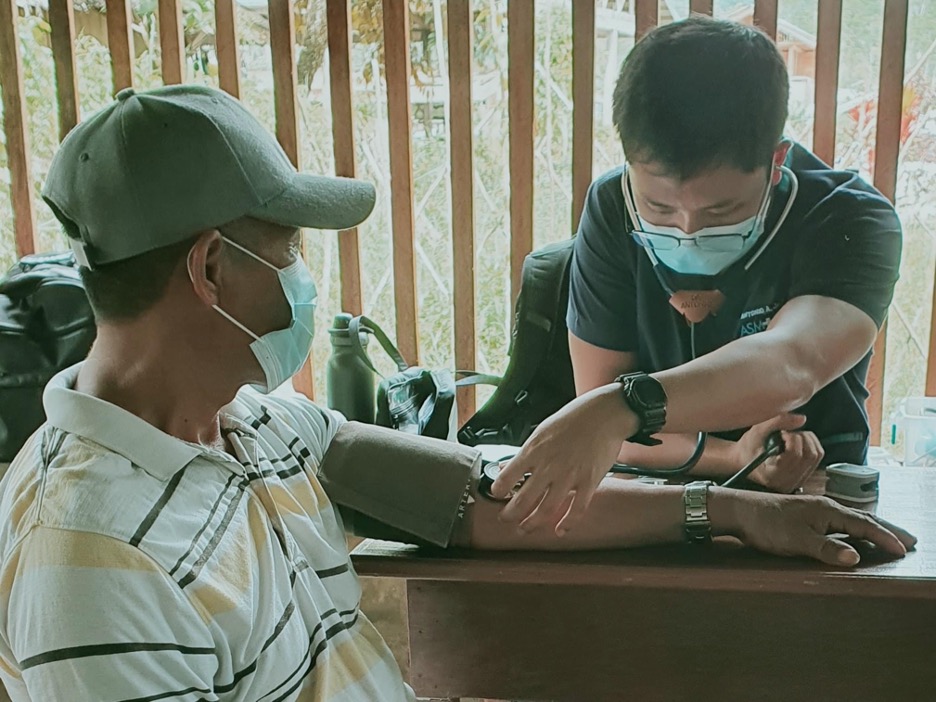
Ad maiorem Dei gloriam inque hominum salutem
"One of my professors in Theology [in college] talked about how the often-cited Ad maiorem Dei gloriam (AMDG) missed out a key phrase 'inque hominum salutem' to make the quote 'for the greater glory of God and the salvation of man.' For me, this brings a difference. To be magis means to be more for the benefit of others, to use my knowledge and skills —honed by my education—so that others may experience the same privilege. I have come to love Lanuza so much, and I am intent on battling against the injustice and inequality my patients have to live through daily. Win or lose, these are the battles that we continue to choose, the battles that we need to fight' inque hominum salutem.'
Alberto Teodoro ‘TJ’ S Malvar
Like Albert, TJ counts his parents as his greatest influencers.
"My parents dedicated their lives to uplifting Filipino families through their work with several Jesuits, especially the late Fr Ruben Tanseco SJ and the Ruben M Tanseco SJ Center for Family Ministries (RMT-CEFAM)," he says.
When TJ was five years old, his father started to reforest a 1000-hectare area in Mount Purro, located within the Upper Marikina watershed. He often accompanied his parents and grew up getting to know the community, especially the Dumagat-Remontados tribe living in Calawis. He knew he wanted to work with the community but needed to figure out which capacity.
A true-blue Atenean, he only considered pursuing a medical career once he learned that Ateneo was opening a medical school.
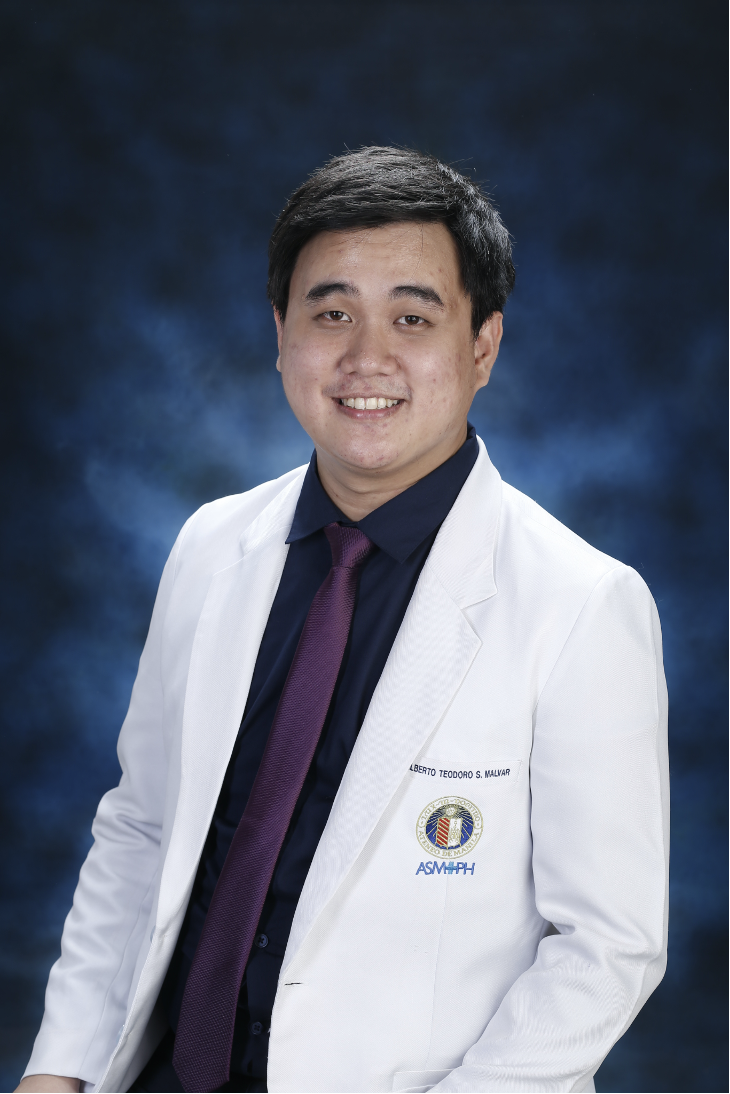
"I took it as a sign; I might not have pursued medicine if ASMPH did not exist," he says.
Doctors of the future
An open session with AMPH founding dean Dr Alfredo Bengzon finally sealed the deal for TJ.
"Dr Benzon explained ASMPH's mission, which was to train doctors of the future —outstanding clinicians, dynamic leaders, and social catalysts. I was immediately hooked. And then I got into the Health Sciences program [in college], where I better understood the kind of doctor Ateneo wanted to produce, and I liked the idea. Doc Sio Marquez (HS 83, BS Biology 87) was also instrumental in imparting what being a 'doctor of the future' truly meant," he says.
TJ then became a village doctor while working for the family-owned- Mount Purro Nature Reserve (MNPR): "We work with the Dumagats and the broader upland community in Calawis on several programs such as livelihood, primary health care, housing, and environmental stewardship. All of our programs hinge on the realization of my parents that "to take care of the forest, we have to first and foremost take care of the people."
The lockdowns placed during the pandemic affected food security, and seeing the plight of his Calawis community, TJ took action by opening PusoKitchen, a donation-based soup kitchen. He also spearheaded the social enterprise Gising Gising to help local farmers.
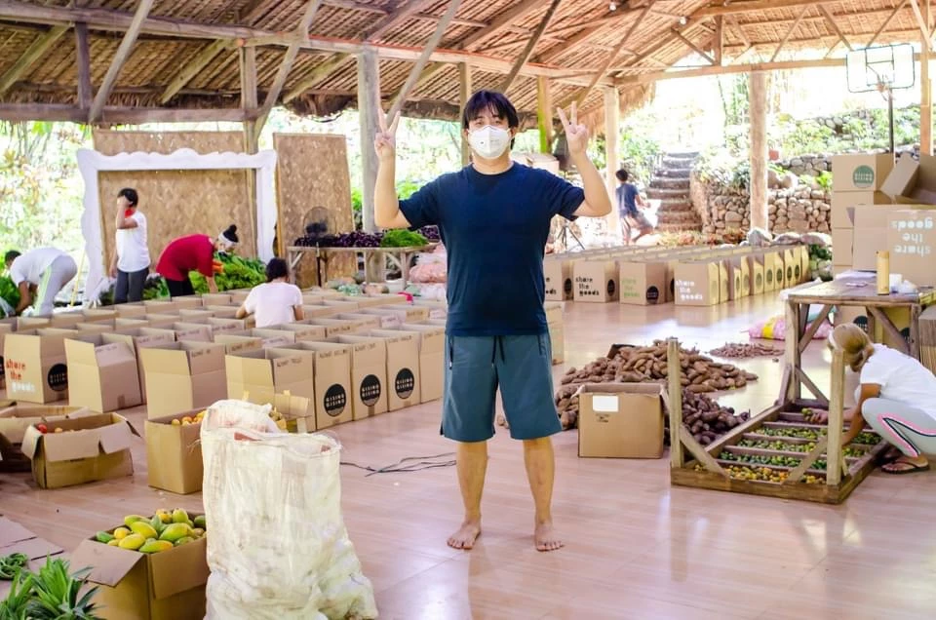
Challenges of a community doctor
TJ recognizes the challenges of being a community doctor, including the lack of resources and low salary rates.
"We earn less compared to our peers. The field of community medicine and public health is not very prestigious. Fellow doctors often look down upon us. Some see doctors becoming GPs or primary care physicians as inferior."
The lack of resources is another reason why some doctors do not choose this path.
As TJ explains, "Dealing with limited resources is also a struggle. It can be very frustrating practicing medicine in a low-resource setting can be very frustrating because poverty is a big barrier to accessing healthcare services such as medicines, diagnostics, surgical procedures, hospitalizations, etc. There are many things clinical medicine cannot solve. Some things have to do with the wider social determinants of health. Experts estimate that these social determinants can drive as much as 80% of our health outcomes. This can be very frustrating because we spend very little time in medical school on how to address these issues. Clinical medicine plays a small role if our goal is "health for all, especially the poor," which is the raison d'etre of ASMPH."
He adds, "I learned that I enjoy interacting with people. Being with the community and building personal relationships with them gives me a lot of joy. Trust-building is the key to the success of any grassroots intervention."
Like Tetel, TJ is also part of RGL Primary Hub. He expresses excitement about the opportunity to be in a hub that aims to strengthen universal health care in the country.
"We have these core pillars: capacity-building, innovation, social entrepreneurship, thought leadership, and network building," TJ says.
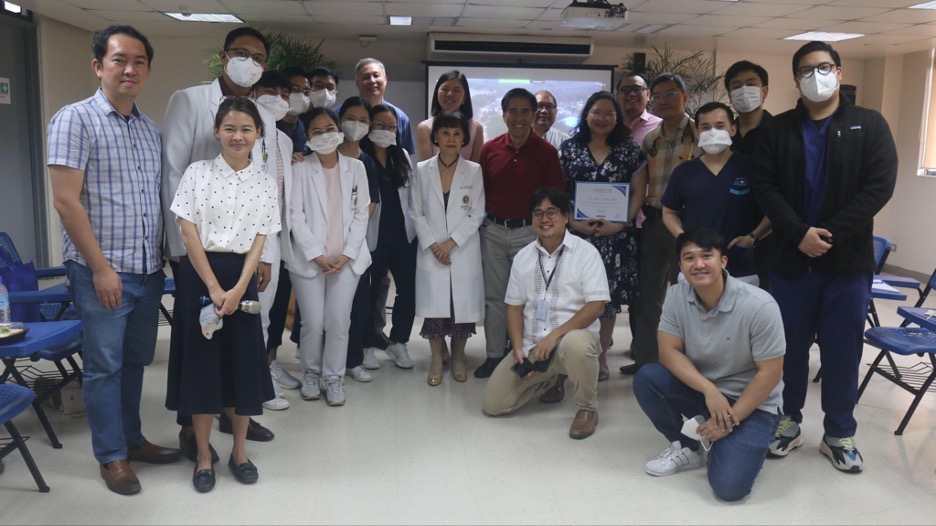
TJ shares his lessons from being a social entrepreneur: "As a social entrepreneur, I have learned to be agnostic to the solution or intervention. Fall in love with the problem, not with the solution. I care deeply about improving our primary healthcare system and empowering patients. This means I am always exploring ways to improve things and make processes more sustainable. I am not focused on any one particular program or solution. I strongly believe all doctors and changemakers should have this entrepreneurial mindset." ![]()
To learn more about the RGLPrimary Health Care Hub, visit https://www.asmph.ateneo.edu/asmph-primary-care

Published by the Office of University Development and Alumni Affairs (OUDAA),
Ateneo de Manila University
Fr Norberto "Kit" Bautista SJ
Publisher
Rica Bolipata-Santos PhD
Editor-in-Chief
Cris Yparraguirre
Editor
Renzo Guevara, Margarita Santos, KD Suarez
Contributors
Andrea Bautista
Art Director/Graphic Designer
Ateneo alumni can update their information by emailing OUDAA at
alumnirelations@ateneo.edu
Facebook
www.facebook.com/AteneoOAR
